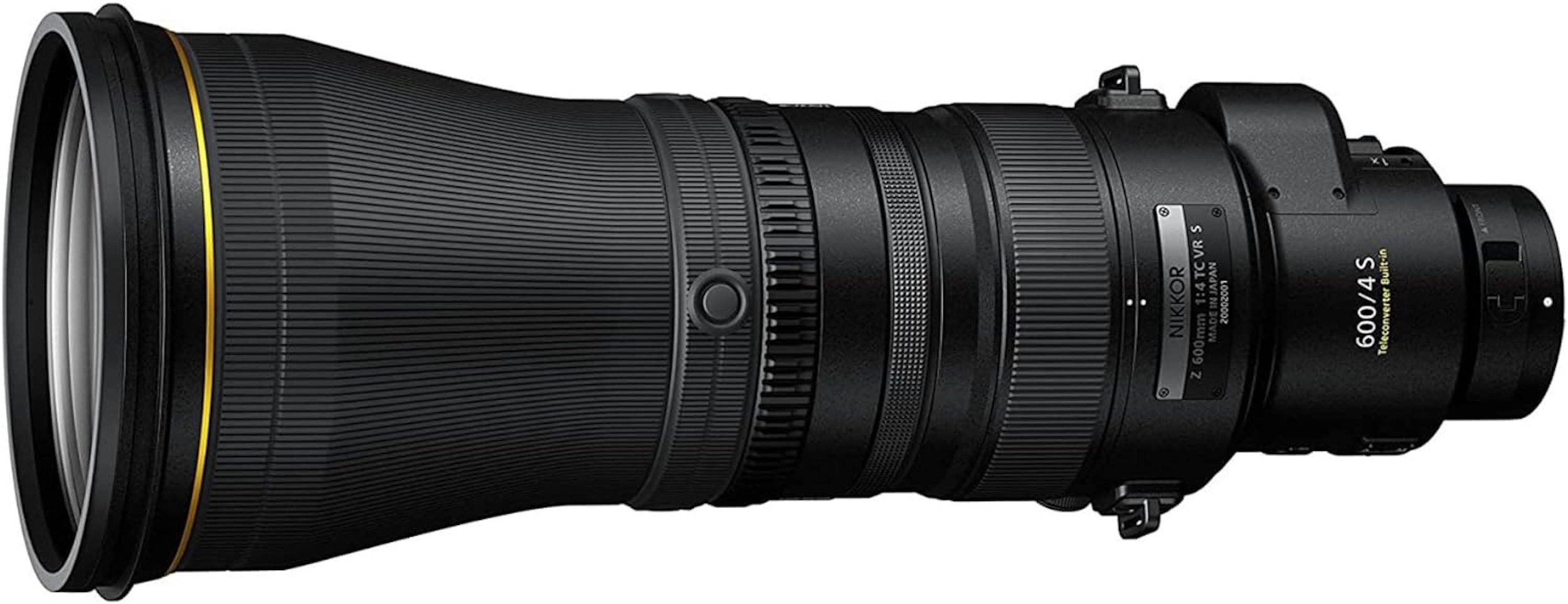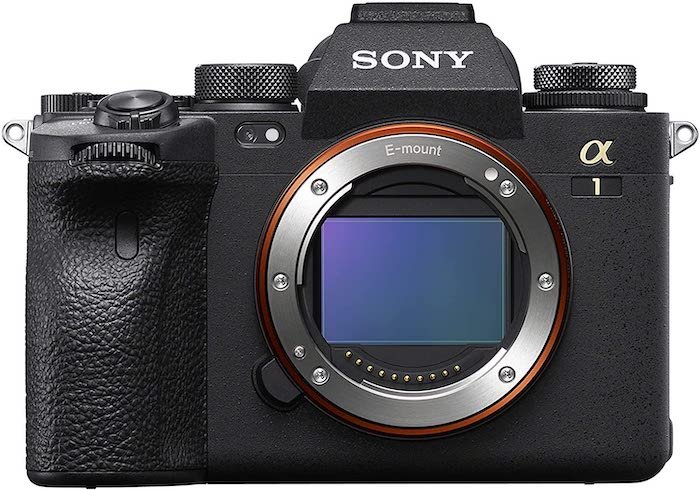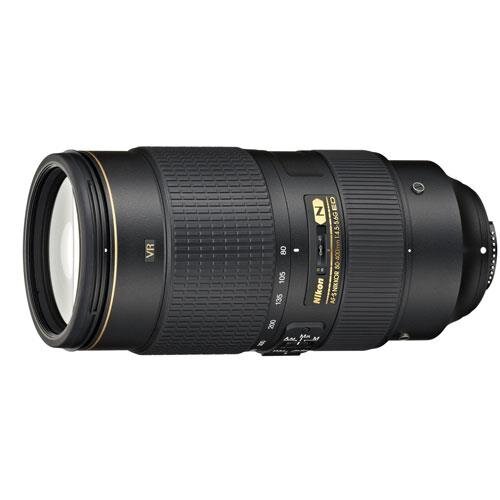Capture the Moment!
Since 2013, I’ve published hundreds of blog posts on all aspects of photography. Some are aimed at helping photographers with their technique, settings, and equipment, but others describe my exhibitions, workshops, and adventures in Africa, Antarctica, and beyond.
Feel free to browse chronologically or click on any category heading for specific content, such as Equipment, Trips or Hints and Tips.
If you still can’t find what you’re looking for, please drop me a line at nick@nickdalephotography.com or on +44 7942 800921.

Zooms vs Primes for Wildlife Photography
Wildlife photography is all about trade-offs, so there are never any easy answers. When it comes to the choice between zoom and prime lenses, my own experience tells me that primes work best at long focal lengths and zooms at wider angles. However, it’s a matter of personal taste, and new features like built-in teleconverters mean the picture is always changing…

Mirrorless Head-to-head: Canon R3 v Nikon Z9 v Sony ⍺1
Now that mirrorless cameras are wiping the floor with DSLRs—at least at the professional end!—let’s take a look at the three main contenders for the best mirrorless wildlife camera on the market: the Canon R3 (unless you prefer the R5’s higher resolution!), Nikon Z9 and Sony a1.

Lens head-to-head: Canon v Nikon v Sony
This article considers mid-range zooms, lenses that I’d consider to be your ‘workhorse’.
For wildlife photography, I’d recommend getting a long lens that is at least 400mm, and these three are roughly equivalent, depending on whether you have a Canon, Nikon or Sony camera body.

Camera head-to-head: Canon v Nikon v Sony
Canon, Nikon and Sony are the three premier brands in photography equipment. I opted for Nikon, and I’ve been regretting it ever since!
No, not really, but I’m sick to death of the low frame rates. My D850 only manages 7 fps, and even with a battery pack it’s only 9 fps, which is pitiful compared to the 20 fps offered by the top-of-the-line Canon and Sony cameras.
